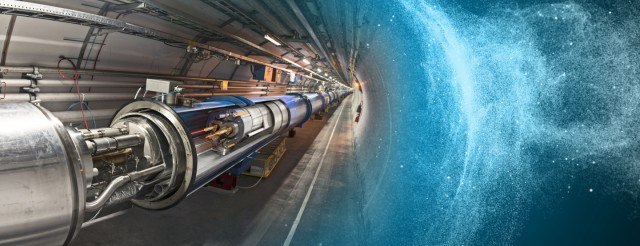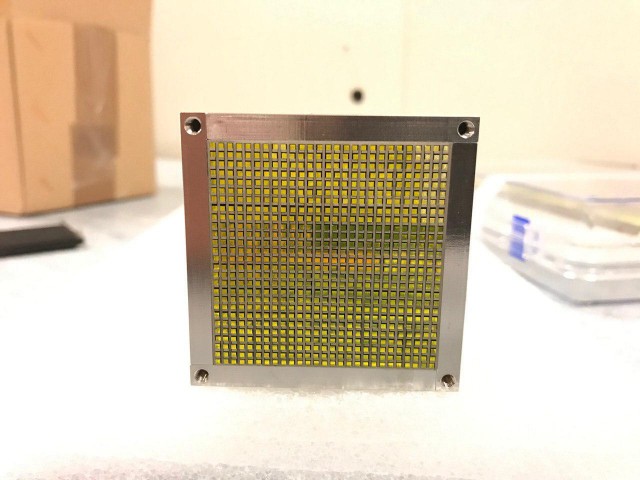
About a quarter of the entire mass of the Universe is the so-called "dark matter" . Moreover, it was not called dark at all because of color - the fact is that scientists still know very little about it, it is inaccessible to direct observation, and manifests itself exclusively in gravitational action with cosmic bodies. The term was widely used in 1933 thanks to the American astrophysicist Fritz Zwicky. He calculated that the speed of movement of galaxies in the Veronika Hair cluster is much higher than it should have been taking into account the mass of all the stars included in it. This is what suggested the presence of a “dark horse” - invisible matter that has a direct effect on the gravitational interaction of cosmic bodies. Later, similar gravitational paradoxes were recorded in other galaxies, and the phenomenon of a hypothetical “dark matter” was firmly rooted in astrophysics. More than 80 years passed, and it was not possible to experimentally detect dark matter. Today, her search is one of the main tasks of scientists working on the LHCb detector at CERN.
LHCb is a large elementary particle detector in CERN designed to study decays of B-mesons, that is, particles containing a b-quark (the so-called “lovely” quark). In these particles, a very important, but still poorly studied physical phenomenon, violation of CP symmetry manifests itself most of all. This phenomenon leads to the fact that the picture of decays of particles and antiparticles slightly differs, dark matter disappears somewhere. It is her searches that scientists in the framework of the LHCb project are engaged in.

Install LHCb
The violation of CP symmetry plays an important role in theories of cosmology, which try to explain the superiority of matter over antimatter in our Universe.
A group of materials scientists and engineers of NUST “MISiS” together with colleagues from CERN (Geneva, Switzerland) developed a prototype of a new particle absorber. Its role is to absorb certain modes of particles dispersed to a high speed and to fix the so-called electron avalanche, which is formed from the collision of particles with the substance of the absorber. Now this part of the detector is a series of parallel plates of lead, and between them are luminescent “layers”.
The new scheme involves a fundamentally different approach. In the prototype created, the “sandwich” from the panels is replaced by “honeycombs”. The walls are made of tungsten, and the cells are almost transparent garnet crystals. This structure allows you to withstand even higher radiation loads.

Absorber prototype
“To create such a prototype is already a rather serious material science task,” says one of the project participants, assistant professor of steel metallurgy, new production technologies and metal protection of NUST “MISiS”, Ph.D. Daria Strekalina. - The base of the absorber is produced by electric discharge cutting of tungsten plates, which is not so simple, given the hardness and brittleness of tungsten. Garnet crystals are difficult to cut and do not conduct electricity, so it is impossible to apply the same methods to them. "

Currently, the LHCb detector is closed for scheduled technical repairs, due to the fact that exposure to heavy particles - an integral part of all experiments - seriously degrades the materials from which it is made. This period is actively used to optimize and improve parts and components of a complex device.
The created prototype was tested on an accelerator at the DESY center (Hamburg) in November 2019. Preliminary results of the experiment showed the possibility of using the technology in the upgraded LHCb detector.
Adsorber optimization is just one of a number of joint projects of NUST “MISiS” and the European Organization for Nuclear Research. Engineers and scientists of NUST “MISiS” design and develop unique radiation-resistant silicon sensors for the LHCb detector. For another CERN detector, SHiP, the researchers create prototypes of superconducting magnet elements, and also model the so-called decay chamber, where the main "events" of the SHiP experiment will occur, which are associated with the potential emergence of new particles.